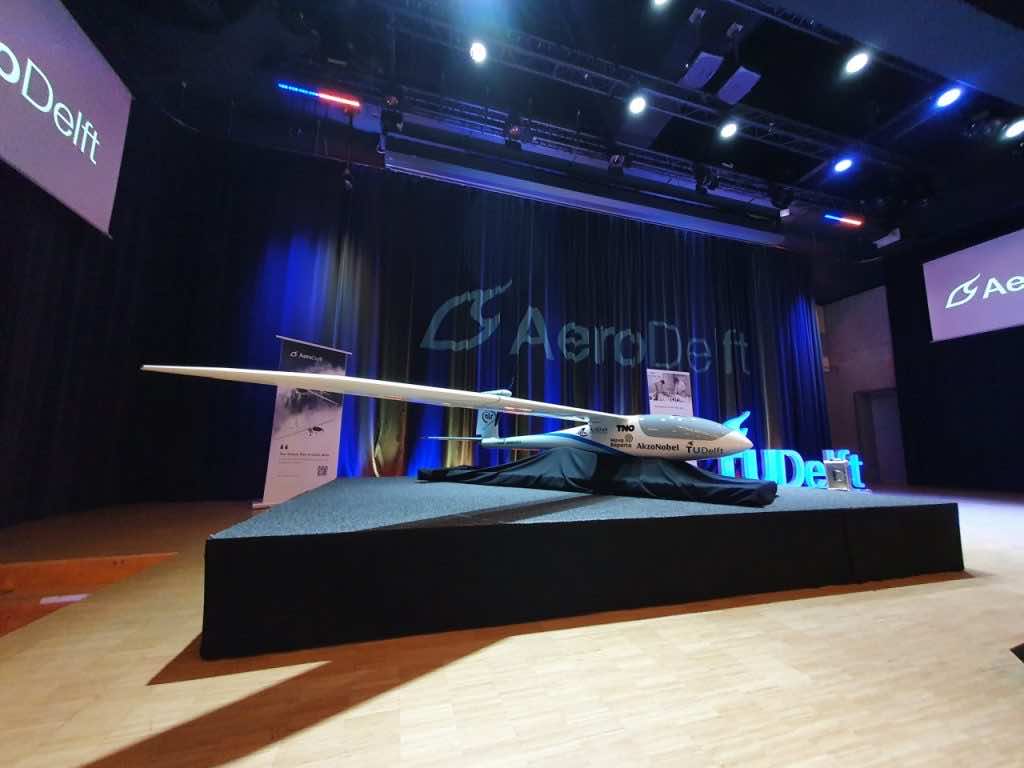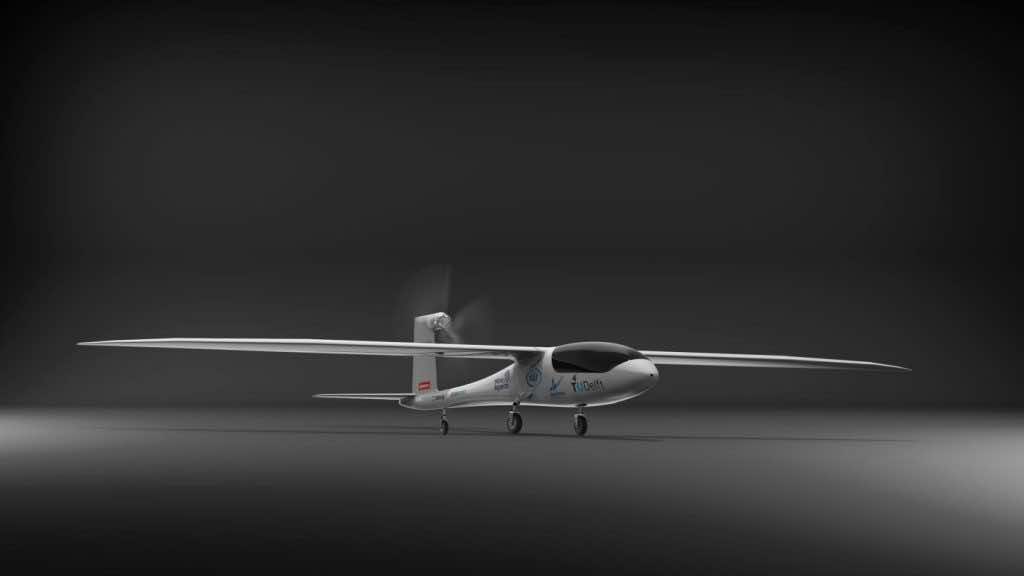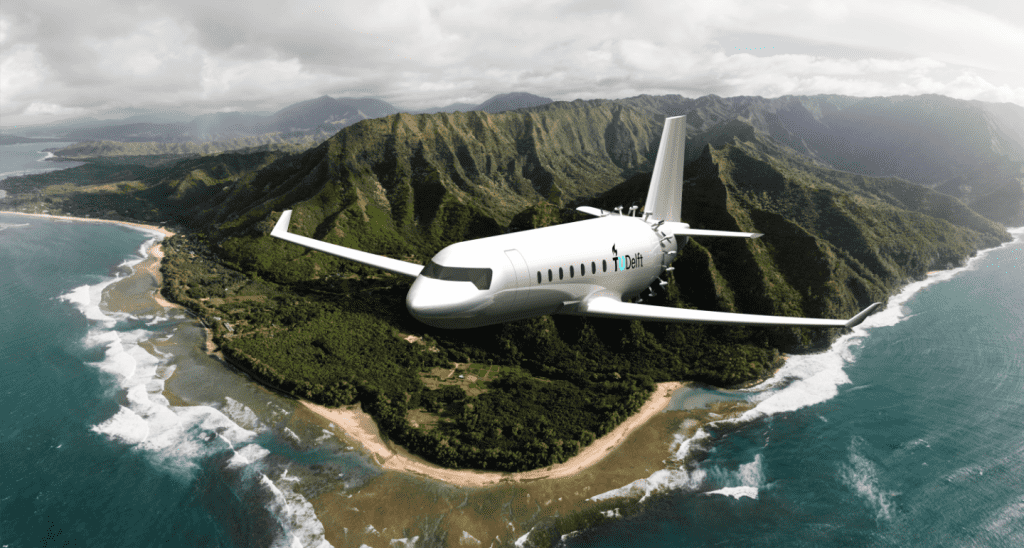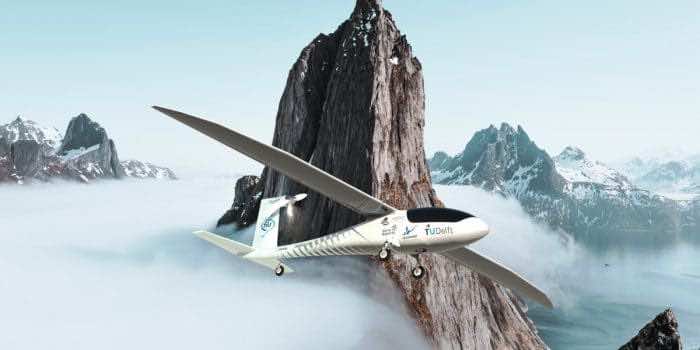The hydrogen fuel cell has been regarded as an effective source of green energy for a very long time. Because of this, it has caught the attention of aviation giants.
Big commercial airliners are one of the largest greenhouse gas sources and must revert to sustainable energy solutions to reduce their carbon footprint. However, this demands a liquid hydrogen system that could potentially replace traditional gas turbine engines.

A liquid hydrogen system is a more viable option because, unlike a gaseous system, it can store 3 times as much energy, which means that the range of modern airliners would increase significantly.
However, liquid hydrogen systems are bulkier and would produce more air friction. They could potentially be used for intercontinental travel.
The idea came from a team of students from TU Delft in the Netherlands who have developed a miniature prototype of an aircraft powered by a liquid hydrogen fuel cell.

It will be a modified version of the e-Genius electric glider, which was first introduced by the University of Stuttgart in 2011 and named Phoenix. It is expected to function flawlessly in the air for up to 10 hours and have a range of 2000 km. Its power unit will carry 10 kg of liquid hydrogen.
The prototype to run on hydrogen isn’t small in size. It comes with a 19 feet wingspan, weighs 50 kg, and can carry one kg of liquid hydrogen, making the prototype aircraft good to go for a seven-hour flight. The hydrogen is contained in a cryogenic tank at -253 Degree Celsius. It uses a complex tube system to warm up the hydrogen to 0 degree Celcius, which then powers the electric propeller motor on the aircraft’s rear end.
The team AeroDelft aims to fly the Phoenix somewhere around July on battery power. Later, it would be powered using gaseous hydrogen. Finally, it would be run in the Northern Hemisphere skies, while as per the latest, its liquid hydrogen system would be installed by students.

“Development of the liquid hydrogen system is going swimmingly,” said Prototype Project Manager Sam Rutten. “We’re ending the design phase. Liquid hydrogen is a complicated thing to work with. To stay liquid, you need to cool it to around 20 Kelvin, very close to absolute zero. Our Propulsion team has developed a special tank and other support systems, allowing us to fly with liquid hydrogen. We’re already starting the production phase. The first steps have already been taken to construct this tank according to all the relevant certification.”
Both the hydrogen run models, the prototype, and the dull size Phoenix are set to break all kinds of records. However, the project focuses on hydrogen aviation and collaborates with relevant teams to build a framework.

The Phoenix is an interesting project in the field that has transformative potential. The world needs liquid hydrogen run planes if we aim to fulfill the mission to eliminate greenhouse gases as much as possible. It is amazing to see the Delft team making leaps in progress, and we will stay in the loop with its complete production in the future.


